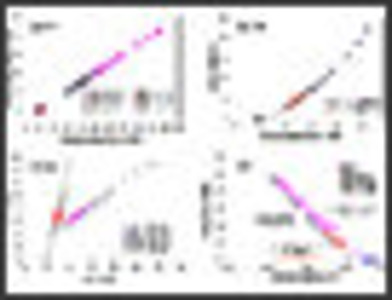BELL, AMT, CLEGG, Francis and HENDERSON, CMB (2021). Monoclinic-orthorhombic first-order phase transition in K<inf>2</inf>ZnSi<inf>5</inf>O<inf>12</inf>leucite analogue; Transition mechanism and spontaneous strain analysis. Mineralogical Magazine. [Article]
Documents
29084:593704
PDF
Bell-MonoclinicOrthorhombicFirstOrderPhase(AM).pdf - Accepted Version
Available under License Creative Commons Attribution Non-commercial No Derivatives.
Bell-MonoclinicOrthorhombicFirstOrderPhase(AM).pdf - Accepted Version
Available under License Creative Commons Attribution Non-commercial No Derivatives.
Download (349kB) | Preview
29084:593660
Image (JPEG) (Figure 1)
Bell-Monoclinic(Fig1).jpg - Supplemental Material
Available under License Creative Commons Attribution Non-commercial No Derivatives.
Bell-Monoclinic(Fig1).jpg - Supplemental Material
Available under License Creative Commons Attribution Non-commercial No Derivatives.
Download (2kB) | Preview
29084:593659
Image (JPEG) (Figure 2)
Bell-Monoclinic(Fig2).jpg - Supplemental Material
Available under License Creative Commons Attribution Non-commercial No Derivatives.
Bell-Monoclinic(Fig2).jpg - Supplemental Material
Available under License Creative Commons Attribution Non-commercial No Derivatives.
Download (2kB) | Preview
29084:593661
Image (JPEG) (Figure 3)
Bell-Monoclinic(Fig3).jpg - Supplemental Material
Available under License Creative Commons Attribution Non-commercial No Derivatives.
Bell-Monoclinic(Fig3).jpg - Supplemental Material
Available under License Creative Commons Attribution Non-commercial No Derivatives.
Download (2kB) | Preview
29084:593662
Image (JPEG) (Figure 4)
Bell-Monoclinic(Fig4).jpg - Supplemental Material
Available under License Creative Commons Attribution Non-commercial No Derivatives.
Bell-Monoclinic(Fig4).jpg - Supplemental Material
Available under License Creative Commons Attribution Non-commercial No Derivatives.
Download (5kB) | Preview
29084:593663
Image (JPEG) (Figure 5)
Bell-Monoclinic(Fig5).jpg - Supplemental Material
Available under License Creative Commons Attribution Non-commercial No Derivatives.
Bell-Monoclinic(Fig5).jpg - Supplemental Material
Available under License Creative Commons Attribution Non-commercial No Derivatives.
Download (2kB) | Preview
29084:593664
Image (JPEG) (Figure 6)
Bell-Monoclinic(Fig6).jpg - Supplemental Material
Available under License Creative Commons Attribution Non-commercial No Derivatives.
Bell-Monoclinic(Fig6).jpg - Supplemental Material
Available under License Creative Commons Attribution Non-commercial No Derivatives.
Download (2kB) | Preview
29084:593665
Image (JPEG) (Figure 7)
Bell-Monoclinic(Fig7).jpg - Supplemental Material
Available under License Creative Commons Attribution Non-commercial No Derivatives.
Bell-Monoclinic(Fig7).jpg - Supplemental Material
Available under License Creative Commons Attribution Non-commercial No Derivatives.
Download (2kB) | Preview
29084:593666
Image (JPEG) (Figure 8)
Bell-Monoclinic(Fig8).jpg - Supplemental Material
Available under License Creative Commons Attribution Non-commercial No Derivatives.
Bell-Monoclinic(Fig8).jpg - Supplemental Material
Available under License Creative Commons Attribution Non-commercial No Derivatives.
Download (2kB) | Preview
Abstract
Hydrothermally synthesised K2ZnSi5O12 has a polymerized framework structure with the same topology as leucite (KAlSi2O6, tetragonal I41/a), which has two tetrahedrally coordinated Al3+ cations replaced by Zn2+ and Si4+. At 293K it has a cation-ordered framework P21/c monoclinic structure with lattice parameters a = 13.1773(2)A, b = 13.6106(2) A, c = 13.0248(2)A, = 91.6981(9). This structure is isostructural with K2MgSi5O12, the first cation-ordered leucite analogue characterised. With increasing temperature, the P21/c structure transforms reversibly to cation-ordered framework orthorhombic Pbca. This transition takes place over the temperature range 848-863K where both phases coexist; there is an 1.2% increase in unit cell volume between 843K (P21/c) and 868K (Pbca), characteristic of a first-order, displacive, ferroelastic phase transition. Spontaneous strain analysis defines the symmetry- and non-symmetry related changes and shows that the mechanism is weakly first order; the two-phase region is consistent with the mechanism being a strain-related martensitic transition.
More Information
Statistics
Downloads
Downloads per month over past year
Metrics
Altmetric Badge
Dimensions Badge
Share
Actions (login required)
 |
View Item |


 Tools
Tools Tools
Tools![[thumbnail of Figure 1]](https://shura.shu.ac.uk/29084/46.hassmallThumbnailVersion/Bell-Monoclinic%28Fig1%29.jpg)

![[thumbnail of Figure 2]](https://shura.shu.ac.uk/29084/45.hassmallThumbnailVersion/Bell-Monoclinic%28Fig2%29.jpg)
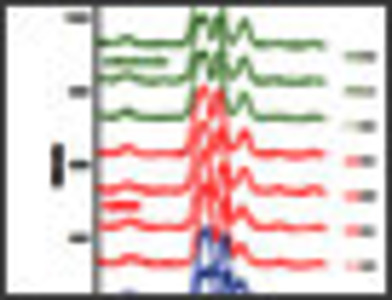
![[thumbnail of Figure 3]](https://shura.shu.ac.uk/29084/47.hassmallThumbnailVersion/Bell-Monoclinic%28Fig3%29.jpg)

![[thumbnail of Figure 4]](https://shura.shu.ac.uk/29084/48.hassmallThumbnailVersion/Bell-Monoclinic%28Fig4%29.jpg)

![[thumbnail of Figure 5]](https://shura.shu.ac.uk/29084/49.hassmallThumbnailVersion/Bell-Monoclinic%28Fig5%29.jpg)
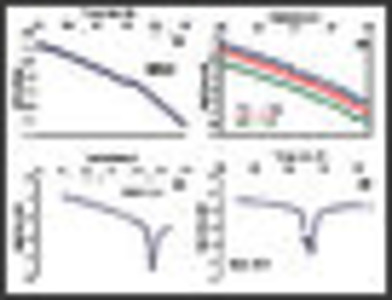
![[thumbnail of Figure 6]](https://shura.shu.ac.uk/29084/50.hassmallThumbnailVersion/Bell-Monoclinic%28Fig6%29.jpg)
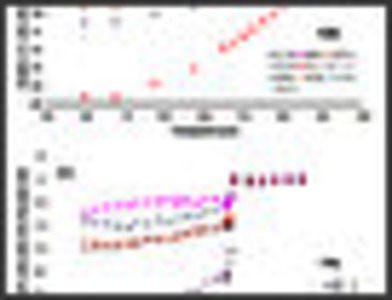
![[thumbnail of Figure 7]](https://shura.shu.ac.uk/29084/51.hassmallThumbnailVersion/Bell-Monoclinic%28Fig7%29.jpg)
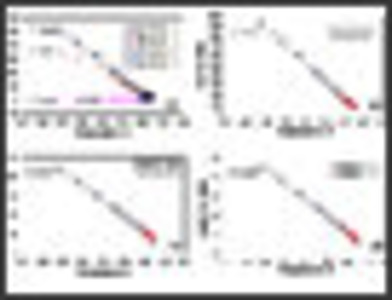
![[thumbnail of Figure 8]](https://shura.shu.ac.uk/29084/52.hassmallThumbnailVersion/Bell-Monoclinic%28Fig8%29.jpg)
